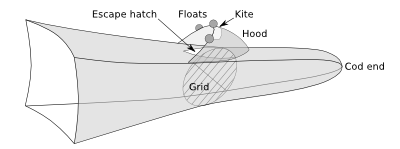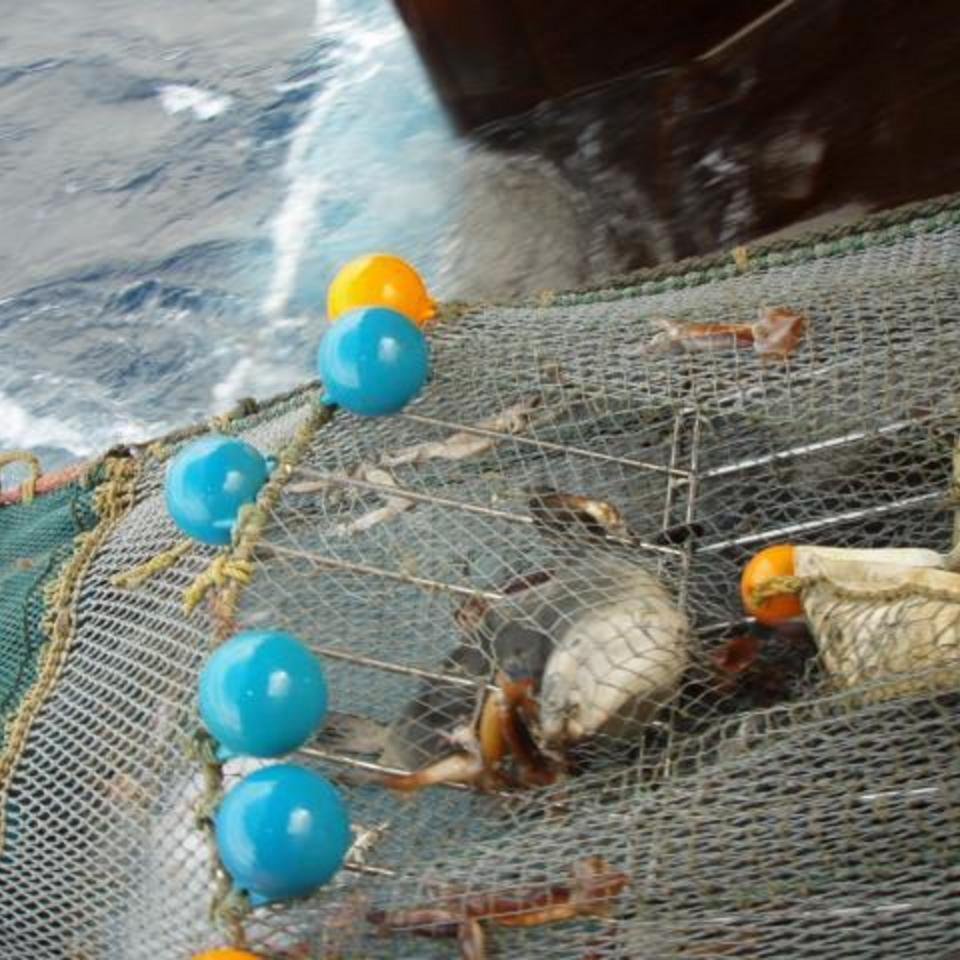Dragonfly estimated that around 78 sea lions were caught in New Zealand trawl fisheries in the 2008-09 fishing year. This was the lowest number of estimated captures since 2002-03.
The estimates, based on observer reported captures, were made for trawls targeting squid, southern blue whiting and other species near Auckland Island, Campbell Island and the southern end of the Stewart-Snares shelf. The estimate includes sea lions that may have escaped from the net through sea lion exclusion devices.
A total of six sea lion captures were reported by observers during the year, from fisheries around the Auckland Islands, where 85% of the animals breed. Smaller colonies are on Campbell Island, The Snares and New Zealand’s South Island, near the Otago Peninsula. The estimated total interactions were derived from these observed captures.
A recent population estimate suggests a total population around 12,000 New Zealand sea lions, with a decline in pup production of over 40% since 1998.
###Mitigation devices

In 2001 a new bycatch mitigation method, the sea lion exclusion device (SLED), was introduced in the Auckland Islands squid fishery. The SLED is a grid fitted in the net before the cod end, and bars are spaced to prevent sea lions passing through.
The grid is angled so that the sea lions are directed upward towards a hole in the top of the net, where they can escape. Since 2004-05 almost all vessels operating in this fishery have used SLEDs. While there have been fewer captures since SLEDs were introduced, the survival of sea lions that escape the net through the SLED opening is not well documented.
###Statistical model
Dragonfly used statistical models and ratio estimation methods to estimate the number of sea lions captured in subantarctic fisheries. The Auckland Islands squid fishery is the only fishery in which SLEDs are used, so the model for this area was necessarily more complicated than for the other fisheries, because it needed to estimate not only the number of sea lions that would be caught on trawls that used SLEDs but also the number that would have been caught if no SLEDs were used. Estimating both these values was important for allowing comparability between the fisheries and years.
The New Zealand sea lion is classified as Nationally Critical within the New Zealand Threat Classification System and Vulnerable under the International Union for Conservation of Nature (IUCN) Red List. This means that it is believed that, if causal factors continue to operate, the species is likely to move into the Endangered category in the near future.
Thompson, F. N., & Abraham, E. R. (2011). Estimation of the capture of New Zealand sea lions (Phocarctos hookeri) in trawl fisheries, from 1995–96 to 2008–09. New Zealand Aquatic Environment and Biodiversity Report No. 66. 25 p. Retrieved from http://fs.fish.govt.nz/Doc/22903/AEBR_66.pdf.ashx


